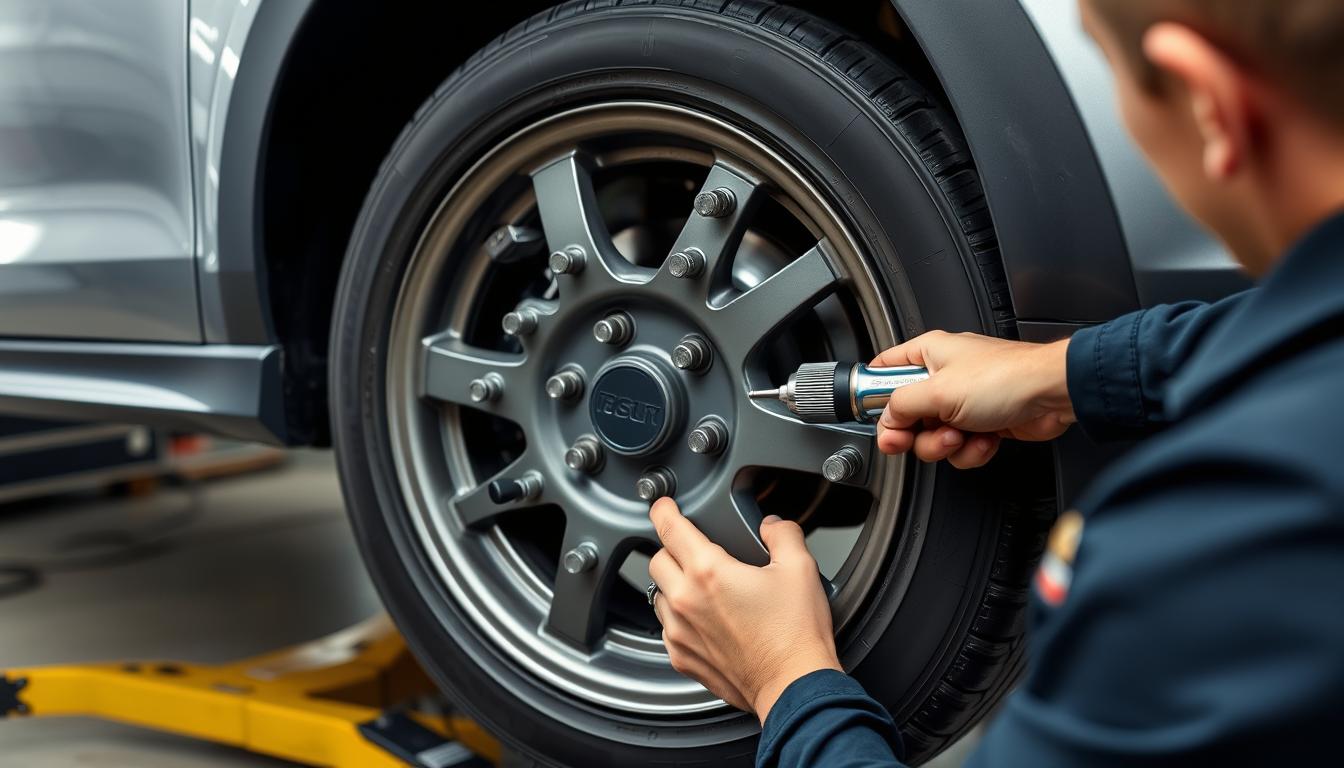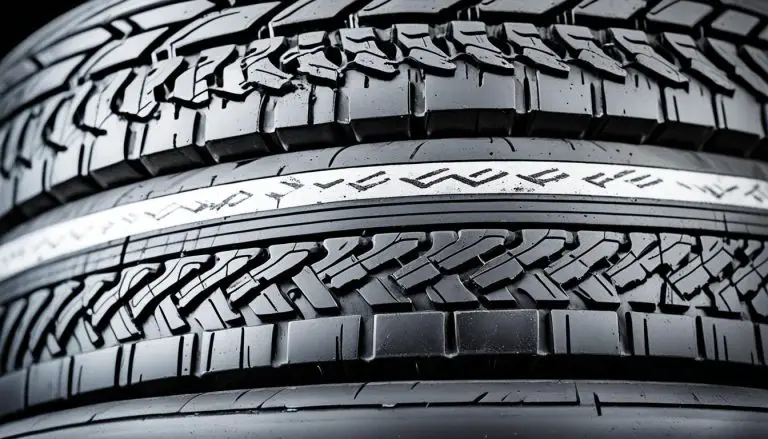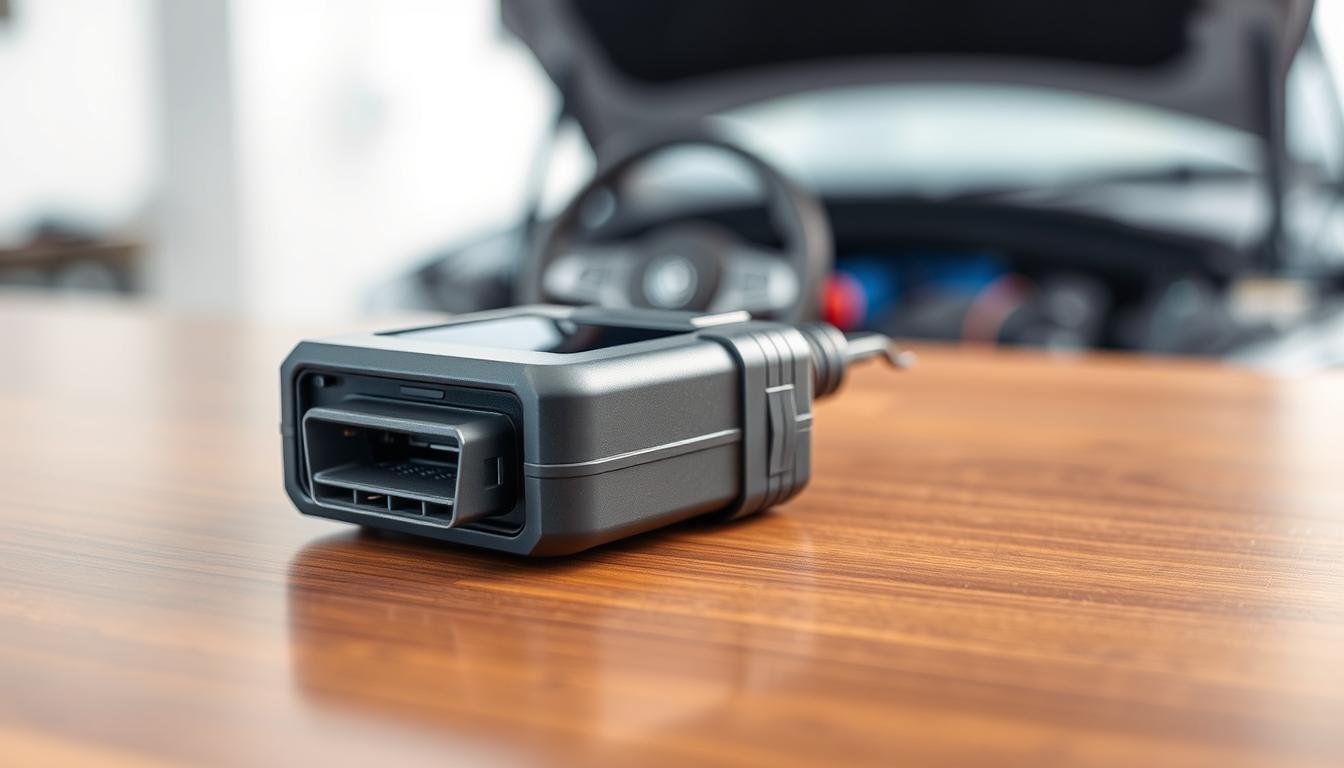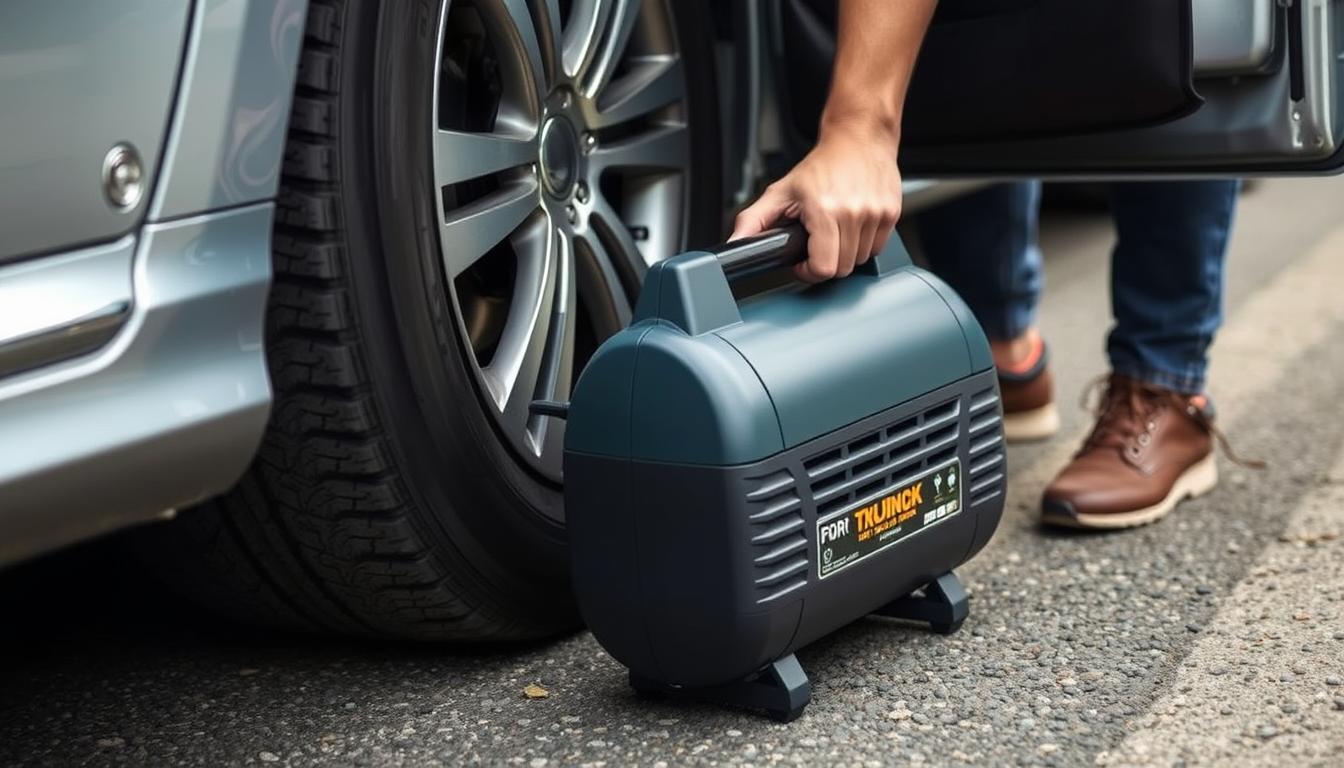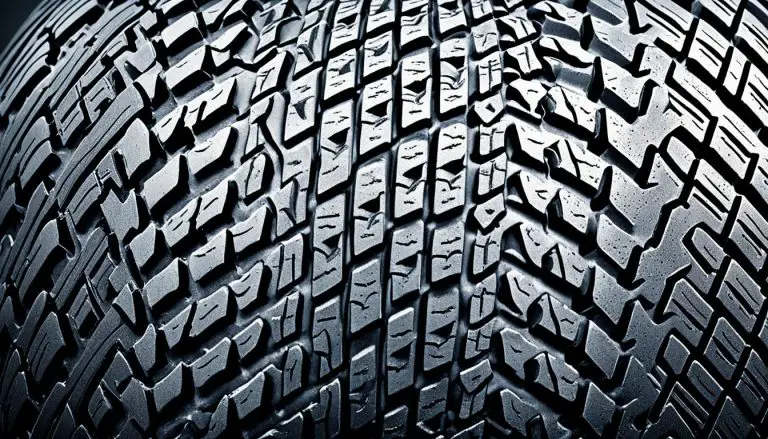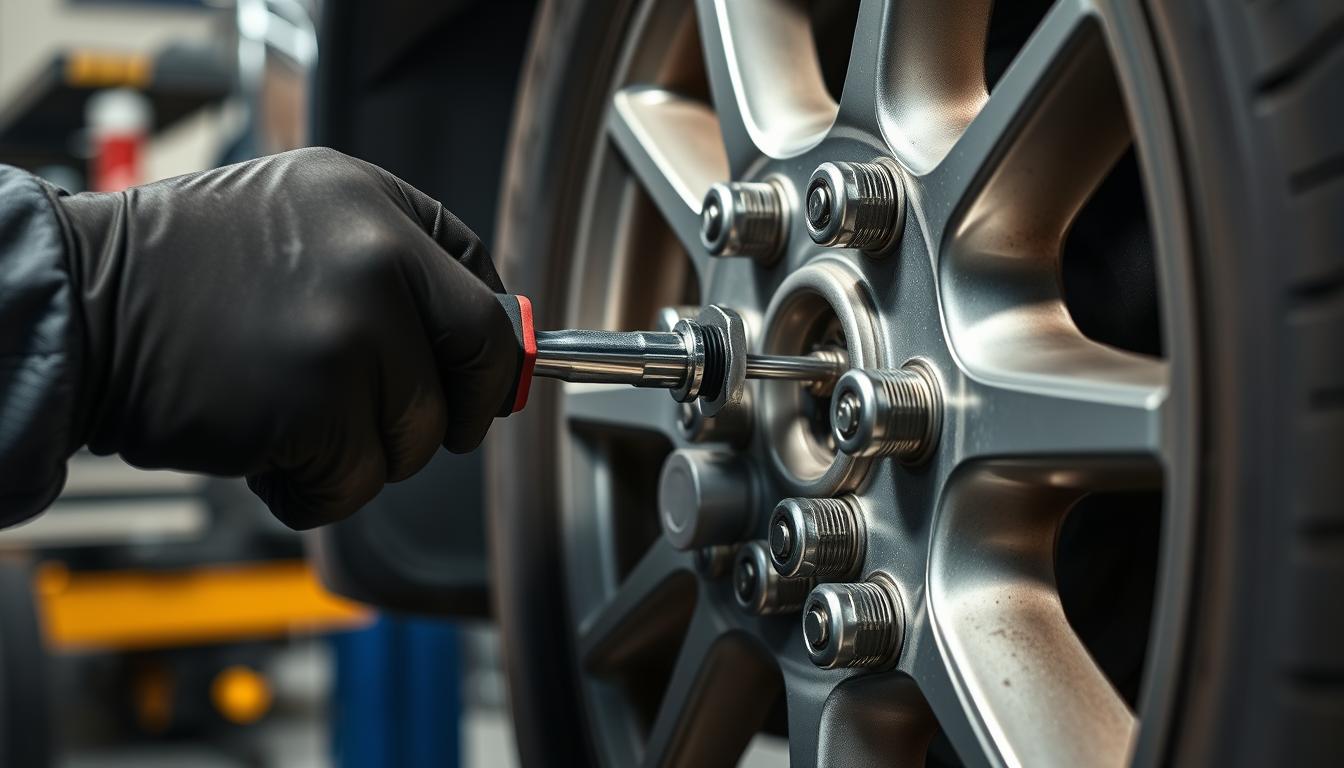
Properly tightened lug nuts are crucial for wheel safety and preventing costly damage to your vehicle. Using a torque wrench for lug nuts ensures they’re tightened to manufacturer specifications – not too loose (risking wheel detachment) and not too tight (potentially warping rotors or damaging studs). In this guide, we’ll help you choose the right torque wrench for your vehicle’s wheels and show you how to use it correctly.
Why Use a Torque Wrench Instead of a Standard Wrench?
Many drivers rely on the “as tight as possible” approach when securing wheels, but this can lead to serious problems. Here’s why a dedicated torque wrench for wheel lug nuts is essential:
Benefits of Using a Torque Wrench
- Prevents over-tightening that can warp brake rotors or damage wheel studs
- Eliminates under-tightening that could cause wheels to loosen while driving
- Ensures even pressure across all lug nuts for balanced wheel mounting
- Follows manufacturer specifications for proper installation
- Extends the life of wheels, brake components, and lug nuts
Risks of Not Using a Torque Wrench
- Uneven tightening causing vibration and premature wear
- Over-tightened lug nuts can stretch or break wheel studs
- Under-tightened lug nuts may loosen during driving (safety hazard)
- Warped brake rotors from excessive tightening
- Voided warranty if wheel-related damage occurs
Important: Never use a torque wrench to loosen lug nuts. This can damage the calibration mechanism. Use a breaker bar or standard lug wrench for loosening, and save your torque wrench for the final tightening to specification.
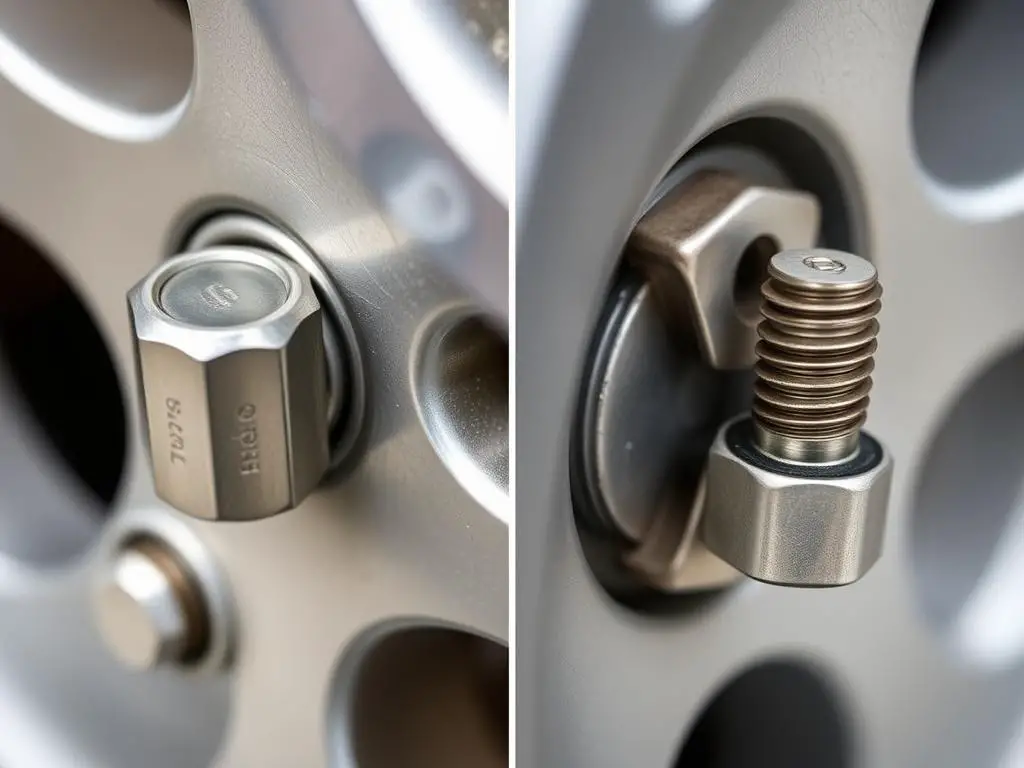
Key Features to Look For in a Lug Nut Torque Wrench
Accuracy
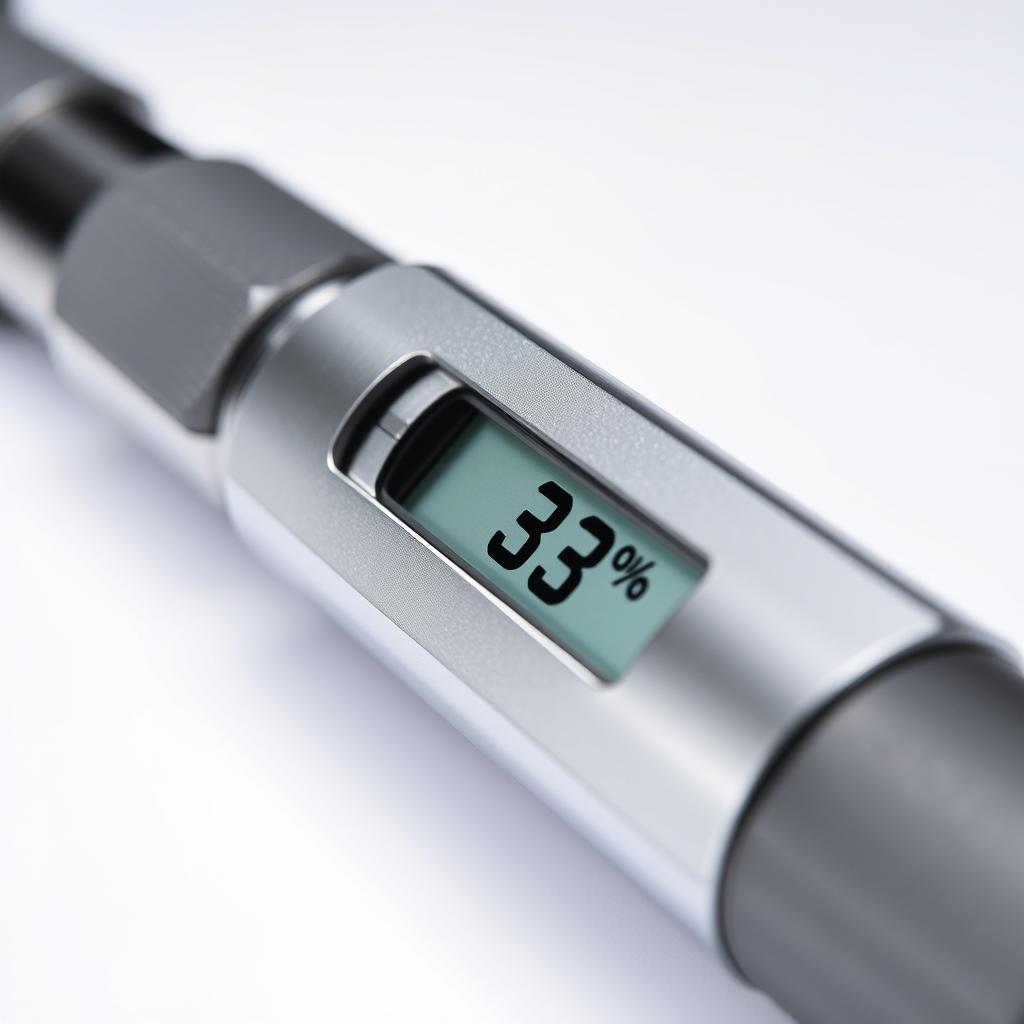
Look for wrenches with ±3-4% accuracy or better. Professional-grade tools often offer ±2% tolerance. Most quality torque wrenches come with calibration certificates, and should be recalibrated annually for consistent accuracy.
Drive Size
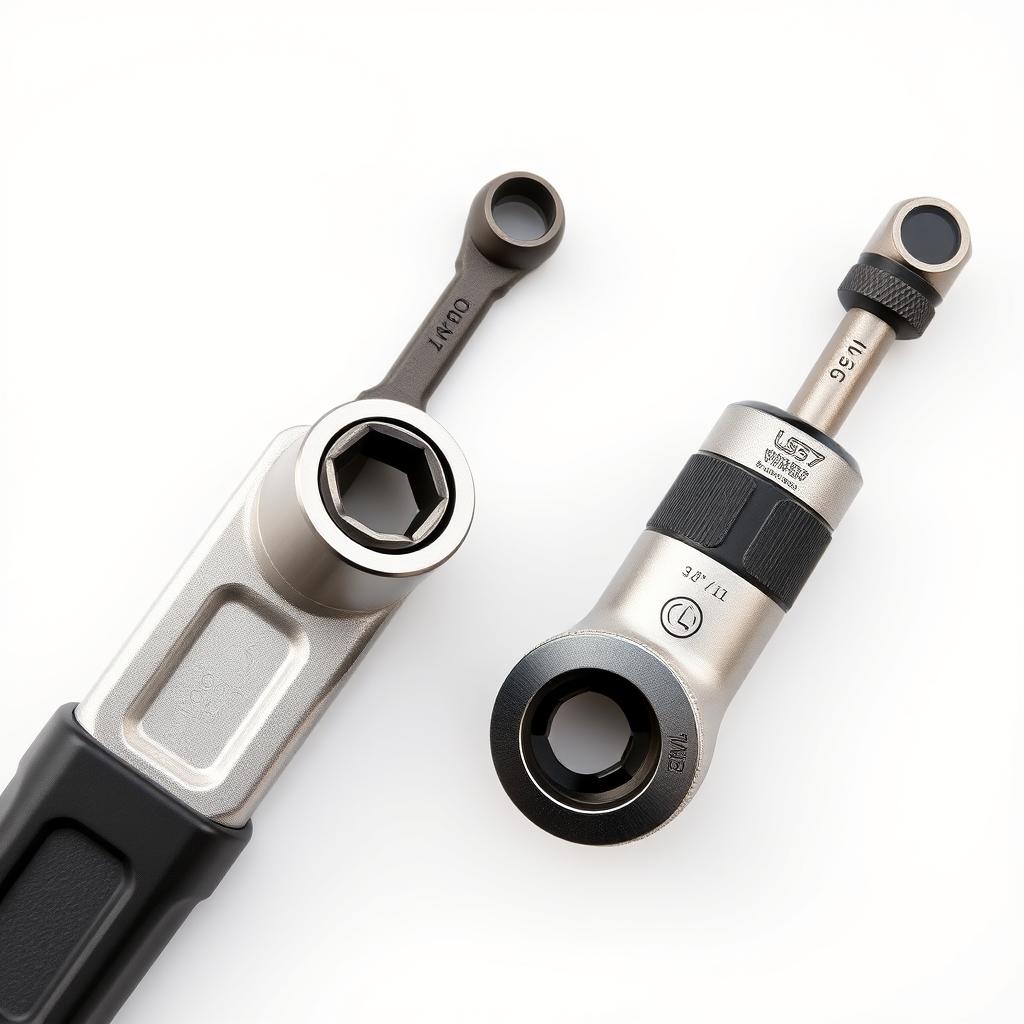
For most passenger vehicles, a 1/2-inch drive torque wrench is ideal for lug nuts. Smaller vehicles may use 3/8-inch drive. The drive size affects the torque range and leverage, with larger drives handling higher torque values.
Torque Range
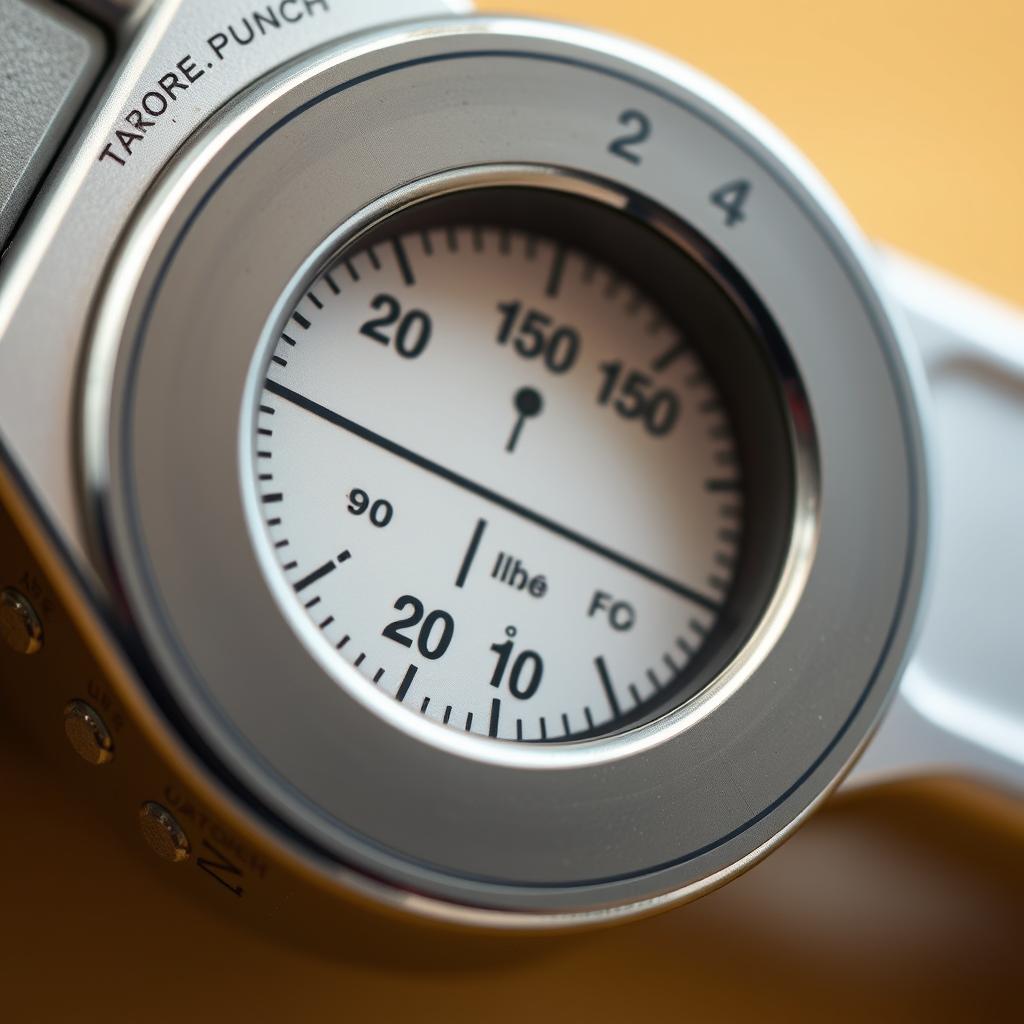
For passenger cars, look for a range of 20-100 ft-lbs. SUVs and trucks often require 50-150 ft-lbs or higher. Always ensure your wrench covers the specific torque requirements for your vehicle.
Wrench Type
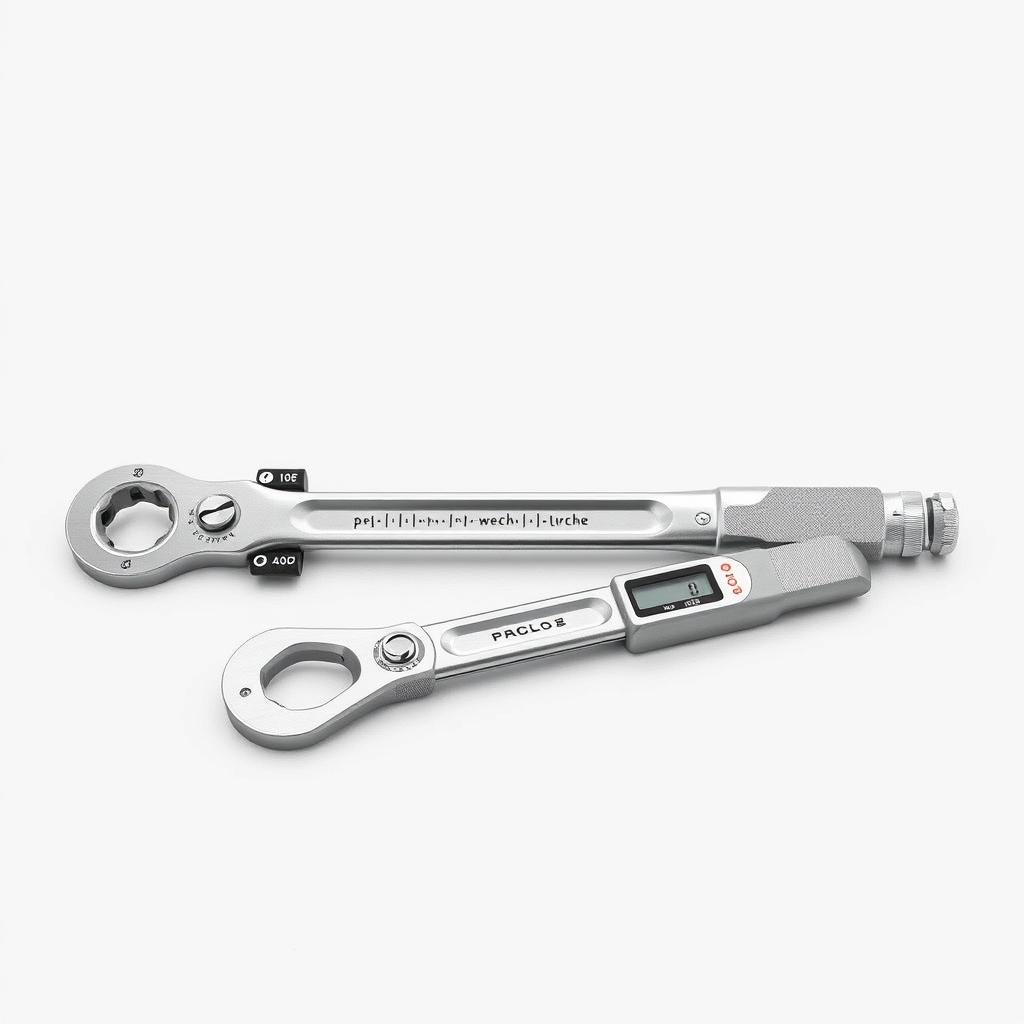
Click-type: Makes an audible click when reaching set torque. Most popular for automotive use.
Beam-type: Uses a pointer and scale. Simple and durable but requires visual reading.
Digital: Electronic display with precise readings. Often includes additional features but requires batteries.
Build Quality
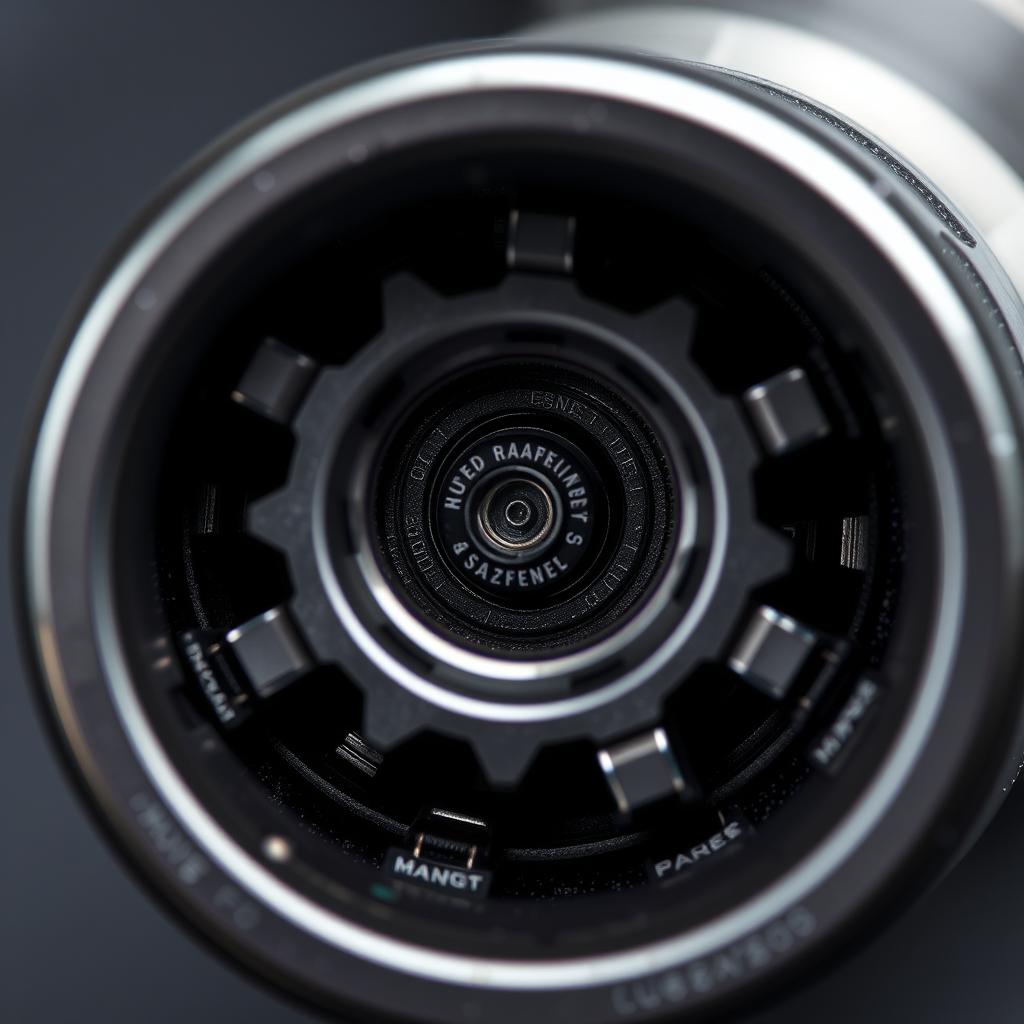
Look for all-metal construction with a comfortable grip. Quality ratcheting mechanisms ensure smooth operation. Premium wrenches use hardened steel for durability and consistent performance over many years.
Storage Case
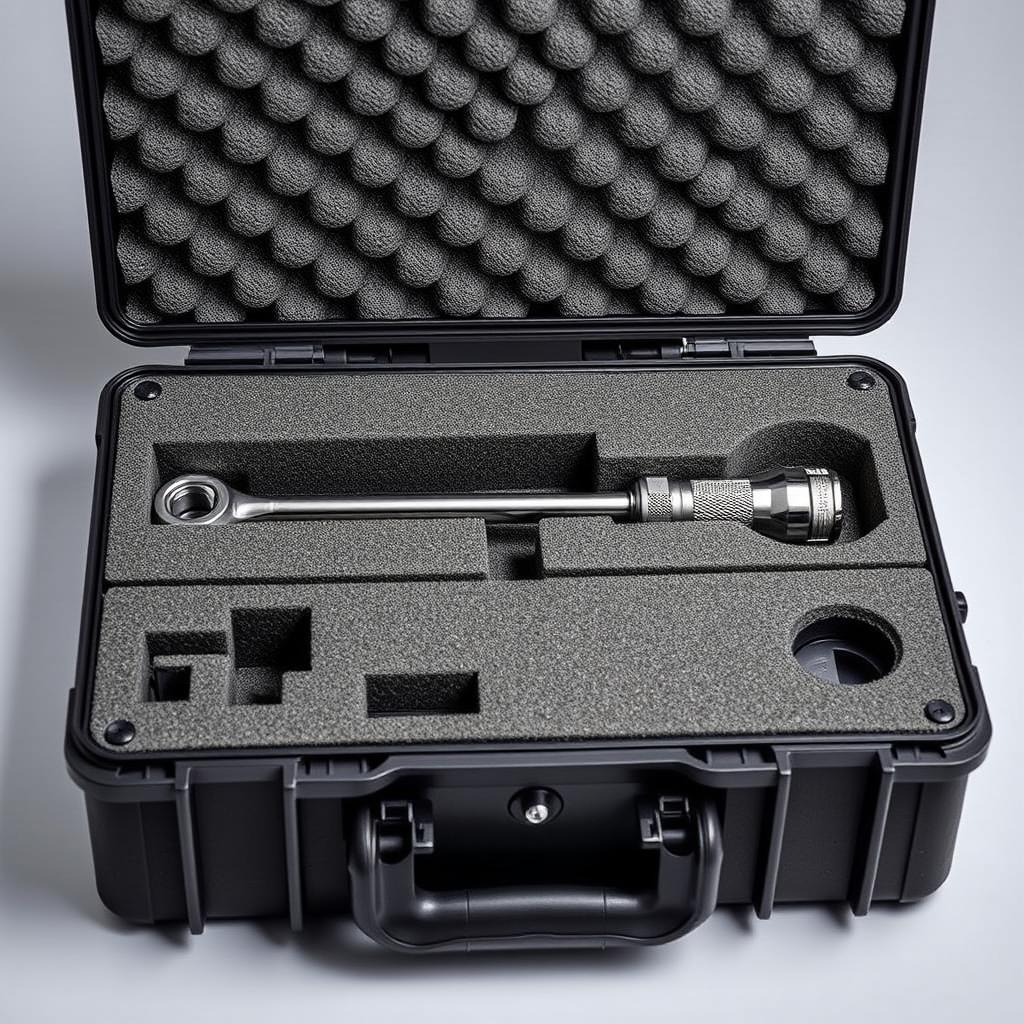
A proper storage case protects calibration and prevents damage. Always store your torque wrench at its lowest setting (but not zero) to maintain spring tension and accuracy over time.
Top Picks – Best Torque Wrenches for Car Tires
TEKTON 24335 1/2-Inch Drive Click Torque Wrench
The TEKTON click torque wrench is a popular choice for DIY mechanics. With a range of 10-150 ft-lbs and ±4% accuracy, it’s perfect for most passenger vehicles. The all-steel construction and high-contrast scale make it easy to set precise torque values for lug nuts.
The dual-range scale (ft-lb and Nm) provides versatility, while the reversible ratcheting head allows for use in tight spaces. Users particularly praise its audible click mechanism that clearly indicates when you’ve reached the set torque.
Pros
- Excellent value for money
- Durable all-steel construction
- Clear scale markings
- Includes storage case
Cons
- Slightly less precise than premium models
- No digital readout
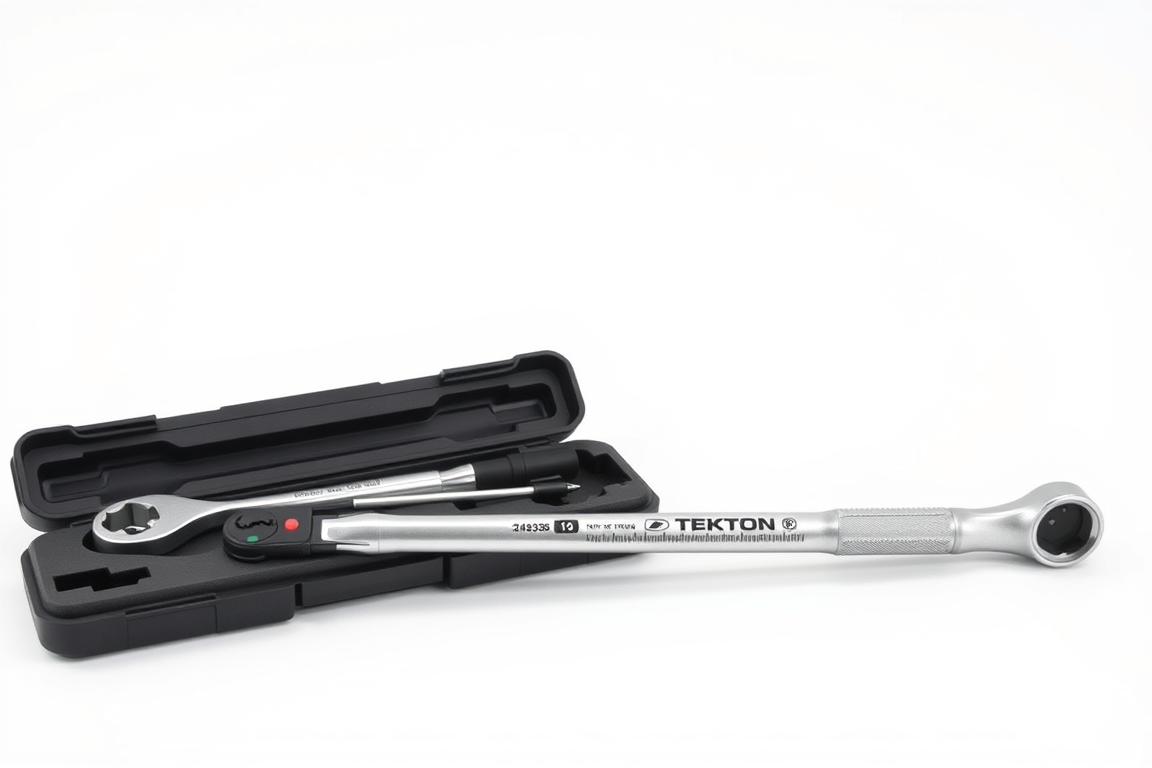
Precision Instruments PREC3FR250F Split Beam Torque Wrench
This professional-grade split beam torque wrench is highly regarded by mechanics and enthusiasts alike. With a range of 40-250 ft-lbs, it’s perfect for trucks, SUVs, and larger vehicles. The innovative split beam design eliminates the need to “reset” the wrench after use, preserving calibration longer.
The torque setting is adjusted using a simple twist knob rather than pulling down on the handle, making it easier to set precise values. Users consistently praise its exceptional accuracy and durability, making it worth the higher investment for those who change wheels frequently.
Pros
- Professional-grade accuracy (±3%)
- No need to reset after use
- Ergonomic handle reduces fatigue
- Made in USA with lifetime warranty
Cons
- Higher price point
- Heavier than some competitors
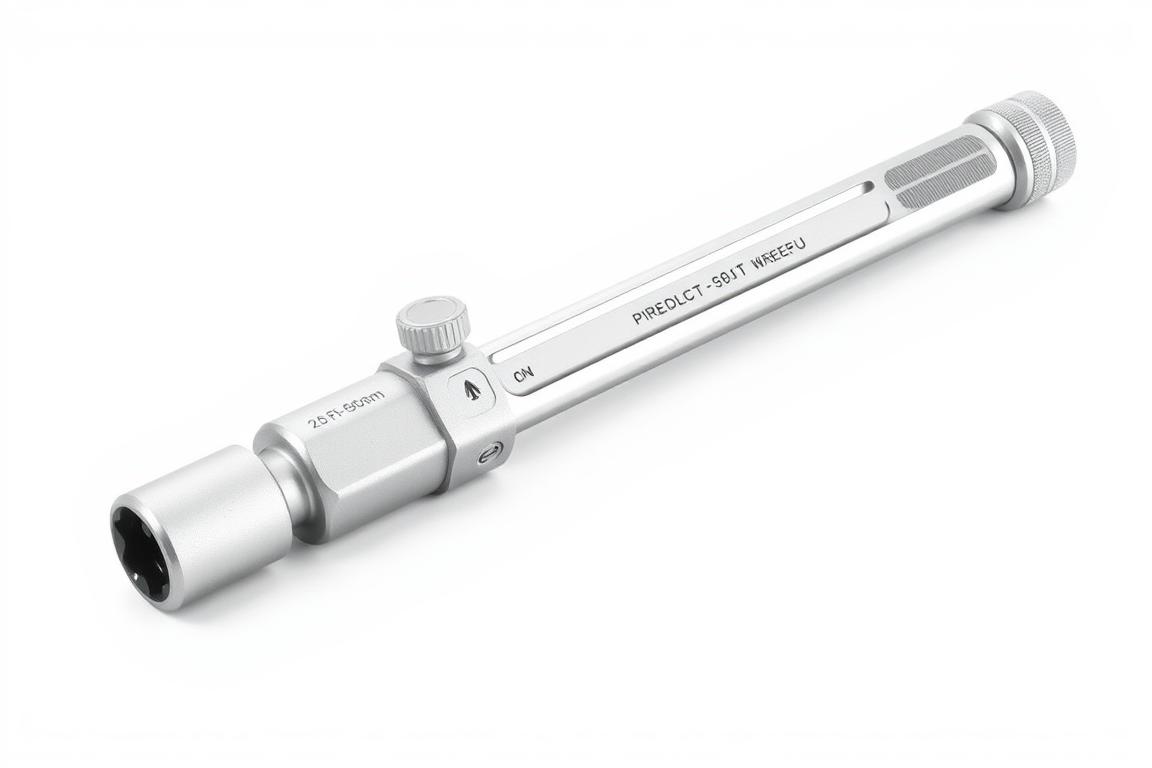
Craftsman CMMT99434 Digital Torque Wrench
For those who prefer digital precision, the Craftsman digital torque wrench offers a clear LCD display and multiple alert types (LCD, LED, and buzzer) when you reach the set torque. With a range of 25-250 ft-lbs and ±2% accuracy, it’s suitable for most vehicles.
The wrench features four measurement modes (ft-lbs, in-lbs, Nm, kg-cm) and can store up to 10 preset torque values. Users appreciate the easy-to-read display that eliminates guesswork when tightening lug nuts to exact specifications.
Pros
- Digital precision with multiple alerts
- Memory for preset torque values
- Multiple measurement units
- Backlit display for low-light conditions
Cons
- Requires batteries
- More susceptible to damage from drops
- Higher price than mechanical options
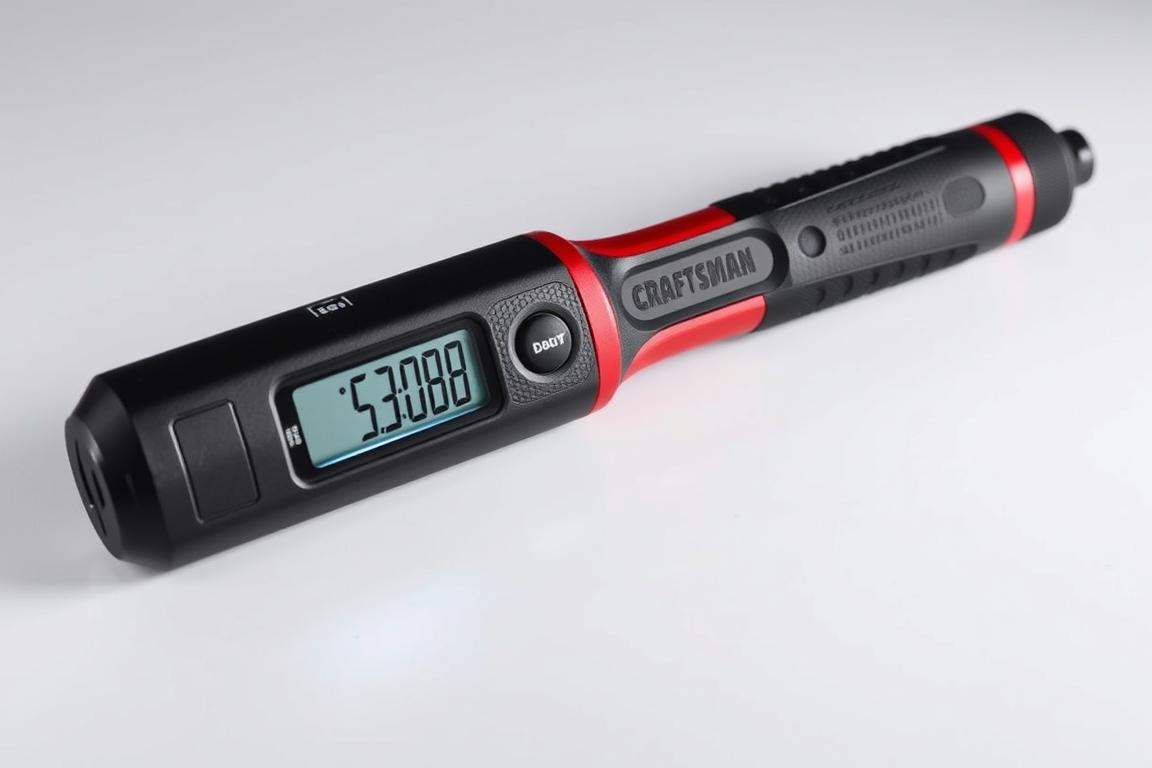
Find the Right Torque Wrench for Your Vehicle
Ensure your wheels are safely secured with a quality torque wrench. Browse top-rated options with verified accuracy for your specific vehicle needs.
How to Use a Torque Wrench for Lug Nuts Safely
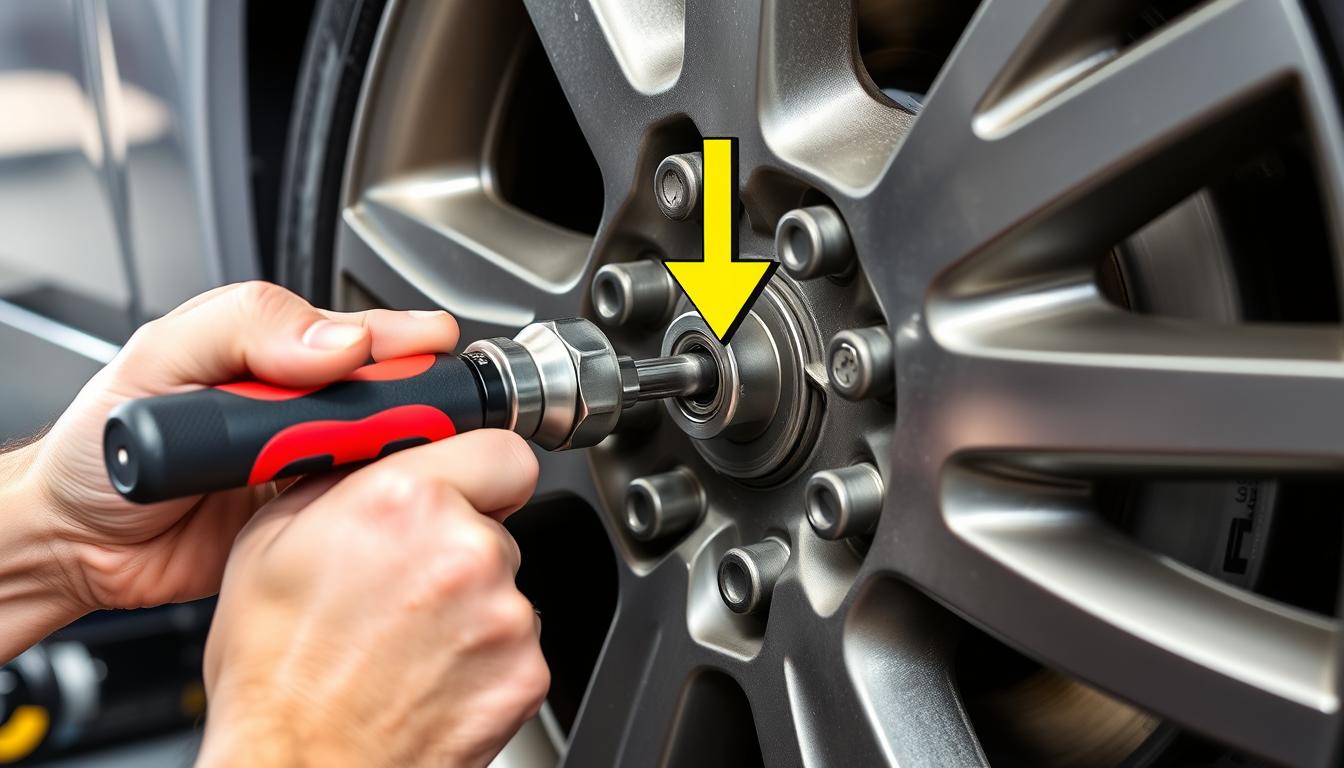
- Clean the threads – Remove any dirt, rust or old thread locker from both the lug nuts and wheel studs. Contamination can affect torque readings.
- Hand-tighten first – Thread all lug nuts by hand before using any wrench to ensure proper alignment.
- Set the torque value – Adjust your wrench to the manufacturer’s recommended torque specification (found in your owner’s manual).
- Follow the correct pattern – Tighten in a star or cross pattern, moving to opposite sides rather than adjacent lug nuts.
- Apply smooth pressure – Use steady, even force until you hear the click (or see the digital reading). Don’t jerk or continue pushing after reaching the set torque.
- Double-check all nuts – Make a final pass around all lug nuts to ensure none were missed.
- Reset and store properly – For click-type wrenches, back off to the lowest setting (but not zero) before storing in its case.
Pro Tip: For new wheels or after rotation, re-check torque after driving 50-100 miles as lug nuts can settle slightly.
Common Mistakes to Avoid
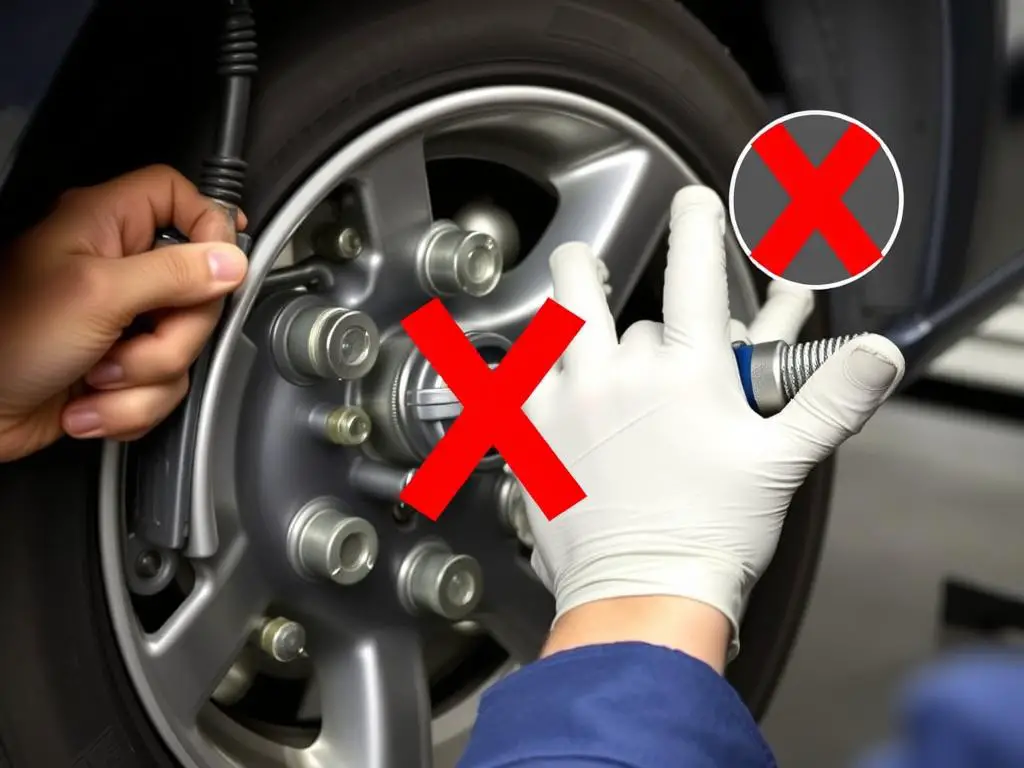
- Using the torque wrench to break loose tight lug nuts – This can damage the calibration mechanism. Use a breaker bar instead.
- Continuing to push after the click – Once you hear the click, stop applying force immediately.
- Adding “cheater pipes” or extensions – These alter the torque reading and can damage your wrench.
- Neglecting to reset before storage – Leaving a click-type wrench under tension can affect spring calibration.
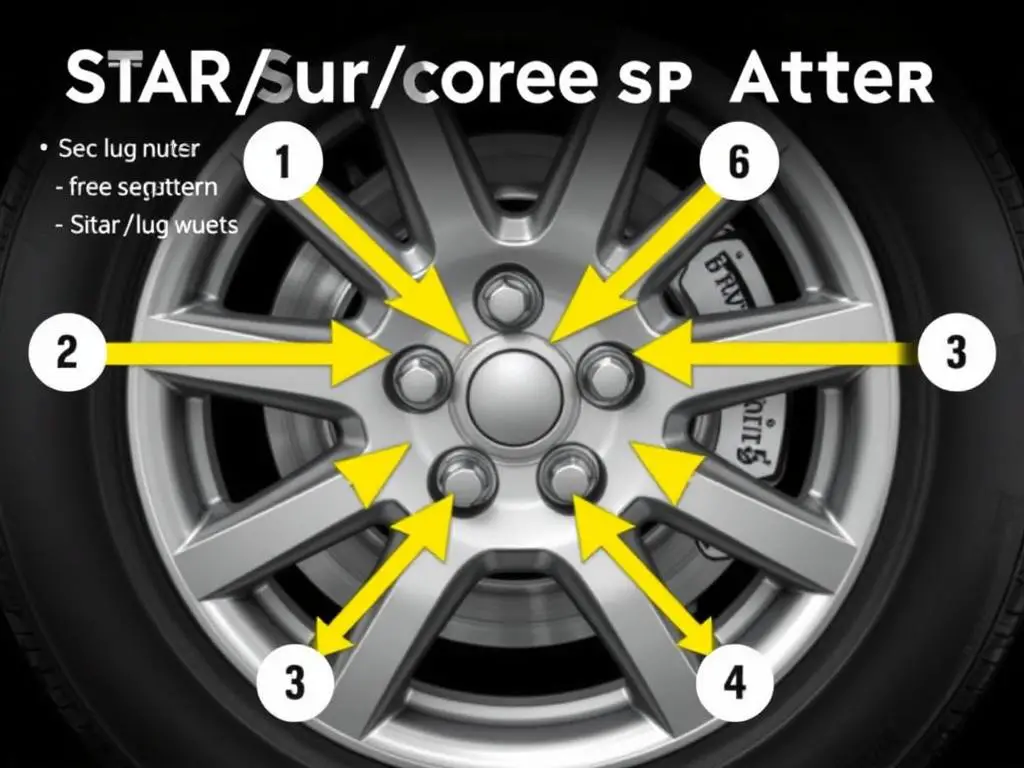
Proper Tightening Sequence
Always tighten lug nuts in a star or cross pattern to ensure even pressure distribution. For 5-lug wheels, follow a 1-3-5-2-4 pattern as shown in the image. This prevents warping and ensures the wheel seats properly against the hub.
Apply approximately 30% of final torque in the first pass, 70% in the second pass, and full torque in the final pass. This gradual approach helps ensure even tightening.
Torque Specs by Vehicle Type
While it’s essential to check your specific vehicle’s owner manual for exact specifications, here are general torque ranges for different vehicle types:
| Vehicle Type | Typical Torque Range | Common Examples | Notes |
| Compact Cars | 80-90 ft-lbs | Honda Civic, Toyota Corolla, Mazda 3 | Smaller wheels and lighter vehicles typically require less torque |
| Mid-Size Cars | 90-100 ft-lbs | Honda Accord, Toyota Camry, Ford Fusion | Check specifications for aluminum vs. steel wheels |
| Full-Size Cars | 100-120 ft-lbs | Dodge Charger, Chrysler 300, Toyota Avalon | Larger wheels may require higher torque values |
| SUVs & Crossovers | 100-140 ft-lbs | Ford Explorer, Honda CR-V, Toyota RAV4 | Varies significantly by size and weight of vehicle |
| Light Trucks | 120-150 ft-lbs | Ford F-150, Chevy Silverado, RAM 1500 | Higher torque needed for larger, heavier vehicles |
| Heavy Duty Trucks | 140-200 ft-lbs | Ford F-250/350, RAM 2500/3500 | May require specialized heavy-duty torque wrenches |
Always verify: The torque specifications in your vehicle’s owner manual take precedence over these general guidelines. Aftermarket wheels may have different requirements than factory wheels.
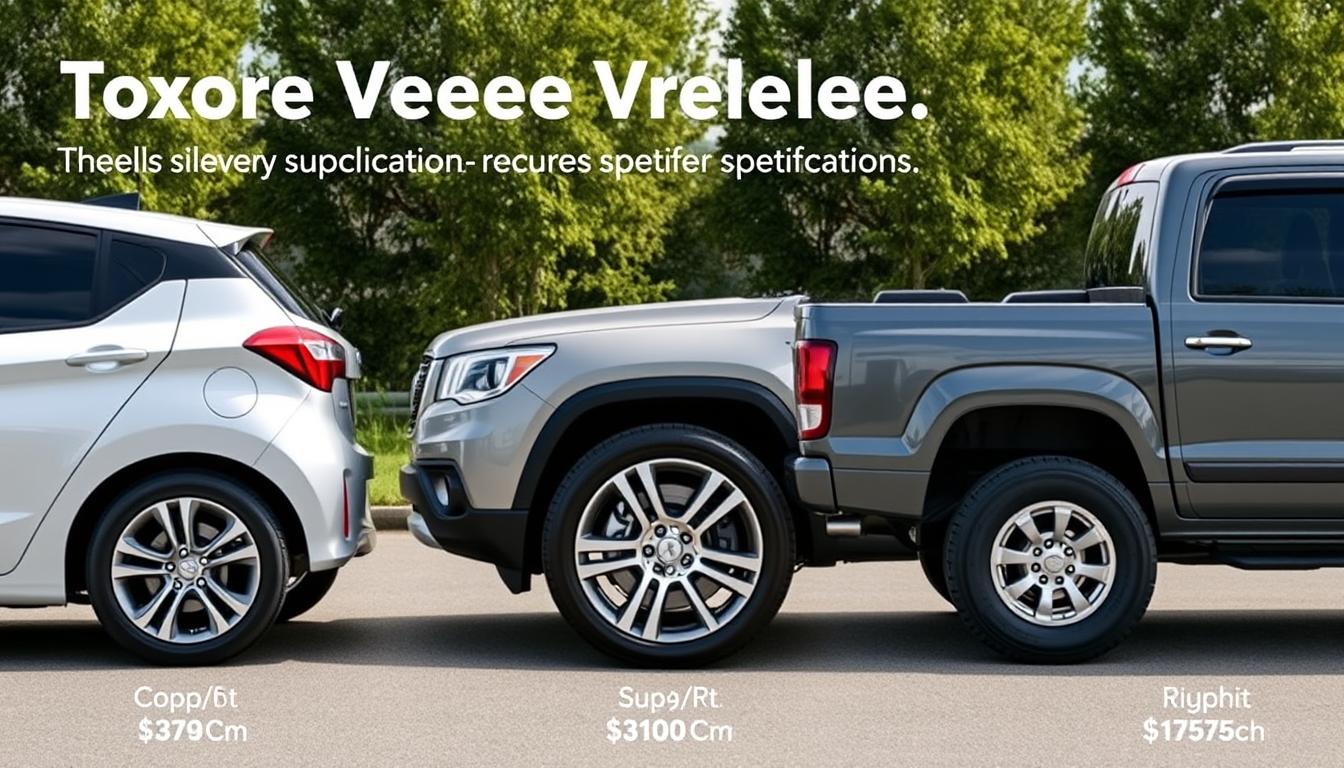
Frequently Asked Questions About Torque Wrenches for Lug Nuts
What torque setting should I use for my lug nuts?
The correct torque setting depends on your specific vehicle. Check your owner’s manual for the manufacturer’s recommendation. Generally, passenger cars require 80-100 ft-lbs, SUVs need 100-120 ft-lbs, and trucks typically need 120-150 ft-lbs. Using the correct specification prevents damage and ensures safety.
Can I overtighten lug nuts with a torque wrench?
No, a properly used torque wrench prevents overtightening by indicating when you’ve reached the set torque value. However, if you set the wrench to a higher value than recommended by the manufacturer, you can still overtighten. Overtightened lug nuts can stretch or break wheel studs, warp brake rotors, and make future removal difficult.
How often should I calibrate my torque wrench?
For occasional DIY use, calibration every 1-2 years is sufficient. If you use your torque wrench frequently or professionally, consider annual calibration. Many manufacturers offer calibration services, or you can use specialized calibration services. Signs that calibration may be needed include inconsistent clicking or visible damage to the wrench.
Can I use an impact wrench to tighten lug nuts to proper torque?
No, impact wrenches cannot reliably achieve precise torque specifications. While some newer “torque-limiting” impact wrenches exist, they’re not as accurate as a proper torque wrench. The best practice is to use an impact wrench for initial tightening, then finish with a calibrated torque wrench to the exact specification.
Do I need different torque wrenches for different vehicles?
Not necessarily. A good quality torque wrench with a range of 20-150 ft-lbs will cover most passenger vehicles, SUVs, and light trucks. However, if you work on very small vehicles (like motorcycles) or very large trucks, you might need wrenches with different ranges to ensure accuracy at the extremes of the torque spectrum.
Conclusion: Investing in the Right Torque Wrench for Wheel Safety
A quality torque wrench for lug nuts is an essential tool for any vehicle owner who changes or rotates their own tires. By ensuring proper torque, you’re not just protecting your wheels and brake components—you’re investing in your safety on the road.
Whether you choose a simple beam-type, reliable click-type, or feature-rich digital torque wrench, the most important factors are accuracy, appropriate range for your vehicle, and proper usage technique. Remember to store your torque wrench correctly and have it calibrated periodically to maintain its precision.
For most DIY mechanics, the TEKTON or similar mid-range click-type wrench offers the best balance of accuracy, durability, and value. Those changing wheels frequently or working on multiple vehicles might benefit from investing in a professional-grade option like the Precision Instruments split beam wrench.
Protect Your Vehicle with Proper Torque
Don’t risk wheel damage or safety issues from improper lug nut tightening. Get a reliable torque wrench today.
